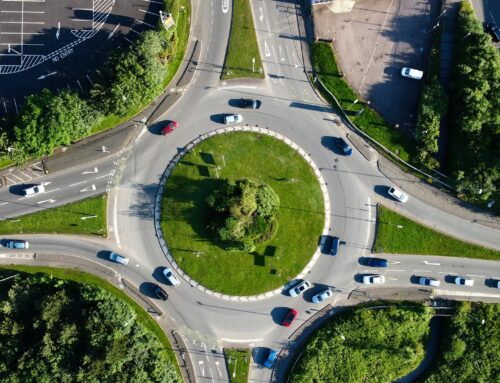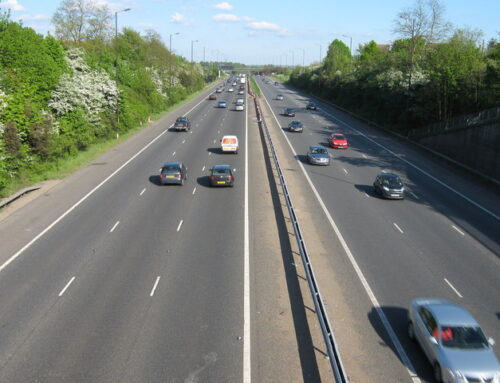On Christmas Eve, the Department for Transport (DfT) and the Office for Zero Emission Vehicles (OZEV) published guidance to assist local authorities’ development of policies on how cross-pavement electric vehicle (EV) charging solutions can be safely and effectively used.
What is contained within the guidance, and what is its significance?
The guidance, applicable only to England, sets out information on the areas, regulations, and processes that local authorities are advised to consider when devising policies in relation to charging solutions for EVs. Included in the guidance are case studies of local authorities that have achieved success with installation trials.
The Government stated that while the market for cross-pavement charging solutions was “at an early stage”, local authorities had already tried out various solutions. Details are provided on the processes that local authorities have adopted, and the associated learning points.
The DfT and OZEV stated that it was up to the relevant local authority whether to give approval for a cross-pavement solution to be installed in the public highway. The suitability of a given location, the Government said, depended on the factors outlined in the guidance.
What are the two main types of cross-pavement charging solutions for EVs?
There are two principal cross-pavement solution types that have not only been trialled, but are also presently on the market. These are:
- Cable channels embedded within the pavement
These proprietary systems are sometimes called “gullies”; they are designed to temporarily house the charging cable during the process of charging the vehicle. Once charging is finished, the cable is removed.
As the guidance sets out, this is presently the most common solution. Trials have been carried out in multiple local authorities, with various suppliers involved.
- Permanent under pavement cables
This refers to solutions whereby a permanent charging cable is laid underneath the pavement, with the domestic chargepoint being connected via removable bollards, a lance, or other connectors to the vehicle.
The guidance is not exhaustive in the technologies it covers
Transport consultants or their clients who may have been hoping to read about other emerging technologies – such as charging bridges – in the guidance will be disappointed, as these are not covered in the document.
Nor does this latest guidance address temporary solutions, such as cable covers or mats, which can be placed on top of a cable. These solutions involve the creation of a small ramp, aimed at minimising trip hazards for pedestrians.
However, the Government stated that its guidance may inform the decision of a local authority on whether to allow such covers and mats to be used in their area of jurisdiction.
The factors that local authorities are urged to consider
The Government’s publication sets out that “for any cross-pavement charging solution, a local authority should be satisfied it meets construction, safety, accessibility, and other standards before agreeing to the apparatus being installed on a public highway.”
Outlined in the guidance is a list of factors that local authorities are urged to consider when forming their approach to cross-pavement solutions.
These include:
- Local landscape
- Associated costs
- Ownership models and maintenance
- Government support
- Permissions
- Liability
- Associated chargepoint installations
- Minimum standards
- Agreement on responsibilities.
Contact our transport consultants for suitably tailored guidance and expertise
As a complete transport planning and infrastructure design consultancy, Transport Planning Associates (TPA) stands ready to assist you in the realisation of your project’s potential.
Please don’t hesitate to enquire to your nearest TPA office to find out more about how we can most effectively work alongside your organisation.





